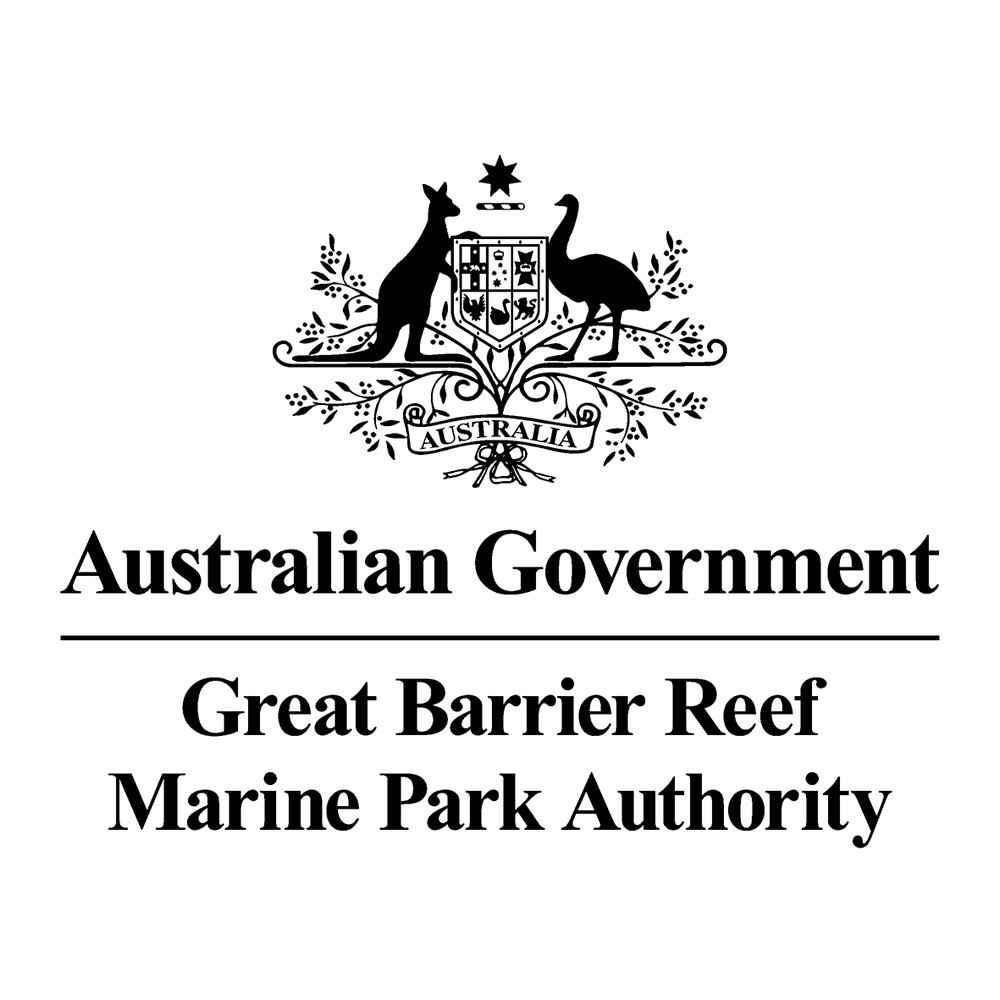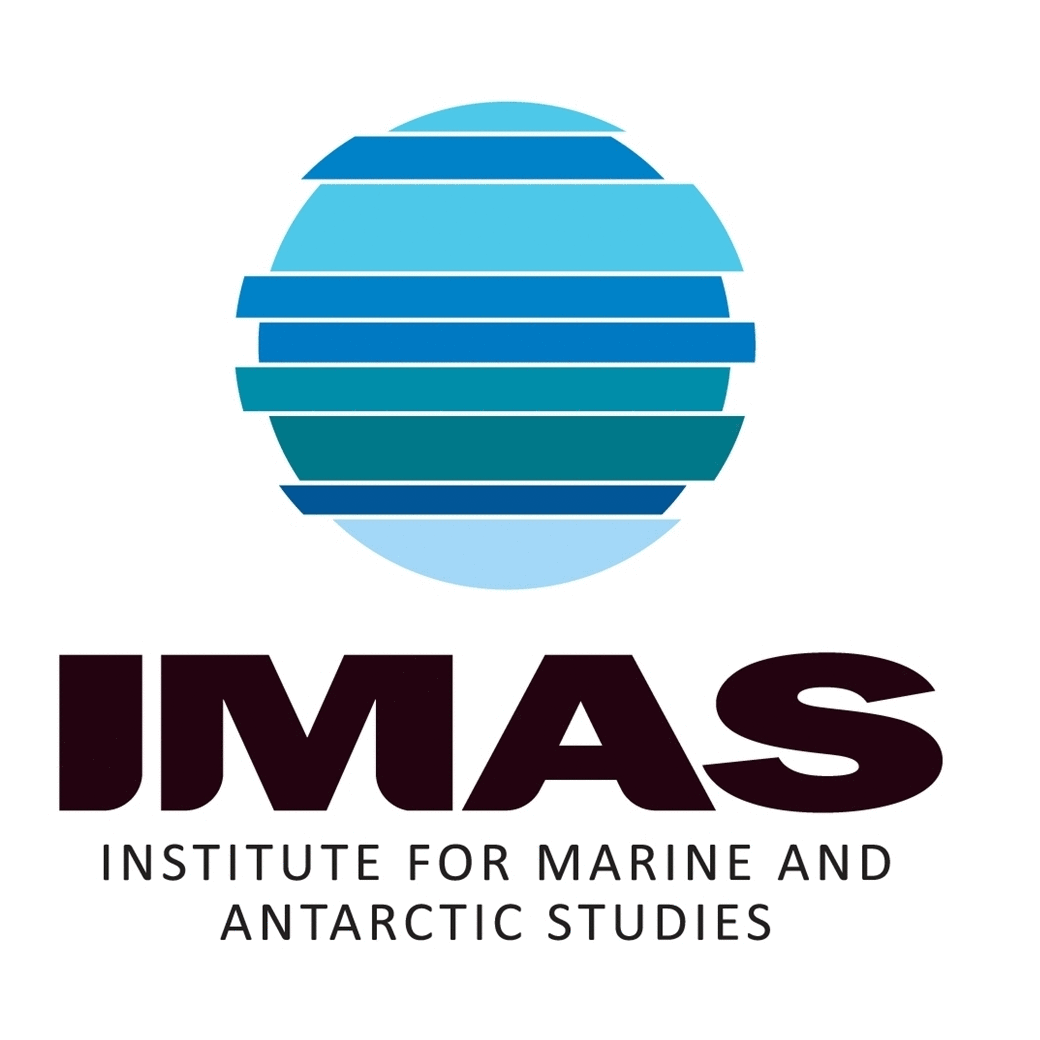underwater cameras
Type of resources
Topics
Keywords
Contact for the resource
Provided by
Years
-

The GBR10 benthic habitat type map is the output of a modelling process that combines satellite imagery and other environmental attributes like water depth, slope and wave climate, along with known occurrences of benthic habitat type. The occurrences of benthic habitat type were derived through machine learning applied to geolocated photos of the benthos (>100,000 photos) that were collected along reef flats and reef slopes at various offshore shallow reefs (~100 reefs). The modelling process involves taking those occurrences of benthic habitat at known locations (training data) and using a machine learning model to build a relationship between benthic habitat type and the underlying data layers (imagery, depth, slope, waves). Because the data layers cover the whole Great Barrier Reef, a prediction is then able to be made for benthic habitat across the whole Great Barrier Reef as well. Contextual editing was then used to make changes to the map, based on a set of geomorphology- and ecology-based rules, such as what environment a class can occur in and what classes are able to neighbour each other (object-based rulesets). This map covers the “offshore” or “mid and outer-shelf” reefs of the Great Barrier Reef Marine Park. Some of the occurrences of benthic habitat type are withheld from the process, and used to check how well the mapping performed at the end (validation). The mapping was carried out by the Remote Sensing Research Centre at the University of Queensland. The scientific method for generating the benthic habitat map can be briefly described as: 1. Ingestion of Sentinel-2 satellite image data, bathymetry and wave climate data derived from Sentinel-2 image data, and various additional derived environmental covariates into Google Earth Engine 2. Stacking of the input data sources into a model-ready environment 3. Running a segmentation routine to create image objects 4. Fitting a supervised machine learning model (e.g. random forest) to known occurrences in order to classify segments into benthic classes 5. Application of object based rules using a range of colour, shape texture and relationship rules to modify the class attribution 6. Validation of mapping accuracy and performance This is an snapshot of the GBR10 benthic dataset taken on Jan 2023 for the Seamap Australia project from the GBRMP Reef Knowledge System (https://reefiq.gbrmpa.gov.au/ReefKnowledgeSystem), see also https://gbrmpa.maps.arcgis.com/home/item.html?id=492a87d95e8243728486718e7aed02a8. An updated version of the data may be available from the source provider.
-

In 2014, UniDive (The University of Queensland Underwater Club) conducted an ecological assessment of the Point Lookout Dive sites for comparison with similar surveys conducted in 2001 - the PLEA project. Involvement in the project was voluntary. Members of UniDive who were marine experts conducted training for other club members who had no, or limited, experience in identifying marine organisms and mapping habitats. Since the 2001 detailed baseline study, no similar seasonal survey has been conducted. The 2014 data is particularly important given that numerous changes have taken place in relation to the management of, and potential impacts on, these reef sites. In 2009, Moreton Bay Marine Park was re-zoned, and Flat Rock was converted to a marine national park zone (Green zone) with no fishing or anchoring. In 2012, four permanent moorings were installed at Flat Rock. Additionally, the entire area was exposed to the potential effects of the 2011 and 2013 Queensland floods, including flood plumes which carried large quantities of sediment into Moreton Bay and surrounding waters. The population of South East Queensland has increased from 2.49 million in 2001 to 3.18 million in 2011 (BITRE, 2013). This rapidly expanding coastal population has increased the frequency and intensity of both commercial and recreational activities around Point Lookout dive sites (EPA 2008). Habitats were mapped using a combination of towed GPS photo transects, aerial photography and expert knowledge. This data provides georeferenced information regarding the major features of each of the Point Lookout Dive Sites.
-

An object based image analysis approach (OBIA) was used to create a habitat map of Lizard Island reef, Queensland. Georeferenced dive and snorkel photo-transect surveys were conducted at different locations surrounding Lizard Island. Dominant benthic or substrate cover type was assigned to each photo by placing 24 points random over each image. Each point was then assigned a dominant cover type using a benthic cover type classification scheme containing nine first-level categories - seagrass high (>=70%), seagrass moderate (40-70%), seagrass low (<= 30%), coral, reef matrix, algae, rubble, rock and sand. The OBIA class assignment followed a hierarchical assignment based on membership rules with levels for "reef", "geomorphic zone" and "benthic community" (above). This record contains a snapshot of the data taken for use in Seamap Australia (a national benthic habitat map; https://seamapaustralia.org). View the original record at: https://doi.pangaea.de/10.1594/PANGAEA.864209
-
The Tasman Fracture CMR AUV survey was a pilot study undertaken in 2014/15 as part of the National Marine Biodiversity Hub's National monitoring, evaluation and reporting theme. The aim of this theme is to develop a bluepint for the sustained monitoring of the South-east Commonwealth Marine Reserve Network. The particular aim of the survey was to contribute to an inventory of the distribution and abundance of demersal fishes in the reserve and adjacent reference sites using BRUVs. Data contained here represents footage collected using these drops and the associated scored data (abundance and lengths).
-
The Marine Futures Project was designed to benchmark the current status of key Western Australian marine ecosystems, based on an improved understanding of the relationship between marine habitats, biodiversity and our use of these values. Approximately 1,500 km2 of seafloor were mapped using hydroacoustics (Reson 8101 Multibeam), and expected benthic habitats "ground-truthed" using towed video transects and baited remote underwater video systems. Both sources of information were then combined in a spatial predictive modelling framework to produce fine-scale habitat maps showing the extent of substrate types, biotic formations, etc. Surveys took place across 9 study areas, including Jurien Bay. The Jurien Bay marine environment is highly diverse, and is home to a wide variety of species, including sea lions and sea birds on the many offshore islands. Limestone reef and seagrass habitats in the area support a diverse fish and invertebrate fauna, and a local crayfishing industry is based around the Western Rock Lobster (Panulirus cygnus).
-
The Marine Futures Project was designed to benchmark the current status of key Western Australian marine ecosystems, based on an improved understanding of the relationship between marine habitats, biodiversity and our use of these values. Approximately 1,500 km2 of seafloor were mapped using hydroacoustics (Reson 8101 Multibeam), and expected benthic habitats "ground-truthed" using towed video transects and baited remote underwater video systems. Both sources of information were then combined in a spatial predictive modelling framework to produce fine-scale habitat maps showing the extent of substrate types, biotic formations, etc. Surveys took place across 9 study areas, including Broke Inlet, a relatively remote area 400km south of Perth, between the towns of Augusta and Albany. The nearest major town, Manjimup, is situated 100km north and the small coastal settlement Windy Harbour approximately 30km west of Broke Inlet. The Inlet is entirely surrounded by the D’Entrecasteaux National Park, which is accessible via a sealed road and attracts limited ‘through-traffic’ to the area. The marine environment off Broke is one fairly untouched by major tourism pressures and thus this location was selected due to its relative inaccessibility.
-
The Marine Futures Project was designed to benchmark the current status of key Western Australian marine ecosystems, based on an improved understanding of the relationship between marine habitats, biodiversity and our use of these values. Approximately 1,500 km2 of seafloor were mapped using hydroacoustics (Reson 8101 Multibeam), and expected benthic habitats "ground-truthed" using towed video transects and baited remote underwater video systems. Both sources of information were then combined in a spatial predictive modelling framework to produce fine-scale habitat maps showing the extent of substrate types, biotic formations, etc. This project record provides linkage to each of metadata records describing data collected from the 9 study areas: Abrolhos Islands, Broke Inlet, Geographe Bay, Jurien Bay, Middle Island, Mount Gardner, Point Ann, Rottnest Island, and Southwest Capes. To access the source datasets from each study site in their original (unaggregated) form, see child records linked to this parent record.
-
In 2002, aerial photography of the Perth metropolitan coastal waters was purpose-flown to obtain high quality imagery of the benthic habitats. This imagery was used to map the coverage of vegetated areas in two selected areas of Cockburn Sound: Southern Flats and Eastern Shoal. Areas of relatively poor visibility, such as the Eastern Shelf, are difficult to map with confidence using these techniques. A ground-truthing survey was undertaken in 2004 to map the seagrass and reef habitats on the Eastern Shelf utilising sidescan sonar, towed video and spot dives.
-
Aquatic flora surveys were conducted in the Leschenault Estuary in April 2009. This data is part of the 2013 report "Synthesis of seagrass mapping studies" conducted by the Water Science Branch of the Department of Water. Surveys were initially conducted by the WA Department of Water together with Geoscience Australia. The objective of these surveys was to collect baseline data on seagrass composition and distribution in key estuaries of southern and south-western WA. This data was acquired by the ACEAS Seagrass Group as part of the 2013 Australia-wide risk assessment of Seagrass. Surveys were conducted again 2015-2023 (February 2015, February and March 2016, February 2017, February and March 2018, February 2019, February and March 2020, February 2021, February and March 2022, and February and March 2023) by the Department of Water and Environmental Regulation as "Leschenault Estuary Seagrass Survey". The datasets making up the 2009 Leschenault Estuary seagrass survey data are: WA_Leschenault_SAV_sites - point dataset of species presence/absence and survey methodology at each site. WA_Leschenault_SAV_polygons - polygon dataset showing interpolated percentage cover in polygons derived from site points. This record provides access to the initial WA DoW surveys. See associated DWER records in Data WA catalogue for access to newer surveys at this site.
-
This dataset derives from deployments of pelagic baited camera systems (stereo-BRUVS) conducted within the Oceanic Shoals Commonwealth Marine Reserve (CMR) in the Timor Sea during September and October 2012 onboard the RV Solander. This resource comprises species lists and relative abundance data (measured as MaxN, the maximum number of individuals of a given species captured in any one frame) for 116 sampling sites surveyed across three focal areas. The Oceanic Shoals Commonwealth Marine Reserve survey was undertaken as an activity within the Australian Government's National Environmental Research Program Marine Biodiversity Hub and was the key component of Research Theme 4 - Regional Biodiversity Discovery to Support Marine Bioregional Plans. Hub partners involved in the survey included the Australian Institute of Marine Science, Geoscience Australia, the University of Western Australia, Museum Victoria and the Museum and Art Gallery of the Northern Territory. Data acquired during the survey included: multibeam sonar bathymetry and acoustic backscatter; sub-bottom acoustic profiles; physical samples of seabed sediments, infauna and epibenthic biota; towed underwater video and still camera observations of seabed habitats; baited video observations of demersal and pelagic fish, and; oceanographic measurements of the water column from CTD (conductivity, temperature, depth) casts and from deployment of sea surface drifters. Further information on the survey is available in the post-survey report published as Geoscience Australia Record 2013/38: Nichol, S.L., Howard, F.J.F., Kool, J., Stowar, M., Bouchet, P., Radke, L.,Siwabessy, J., Przeslawski, R., Picard, K., Alvarez de Glasby, B., Colquhoun, J., Letessier, T. & Heyward, A. 2013. Oceanic Shoals Commonwealth Marine Reserve (Timor Sea) Biodiversity Survey: GA0339/SOL5650 - Post Survey Report. Record 2013/38. Geoscience Australia: Canberra. (GEOCAT #76658).
 IMAS Metadata Catalogue
IMAS Metadata Catalogue